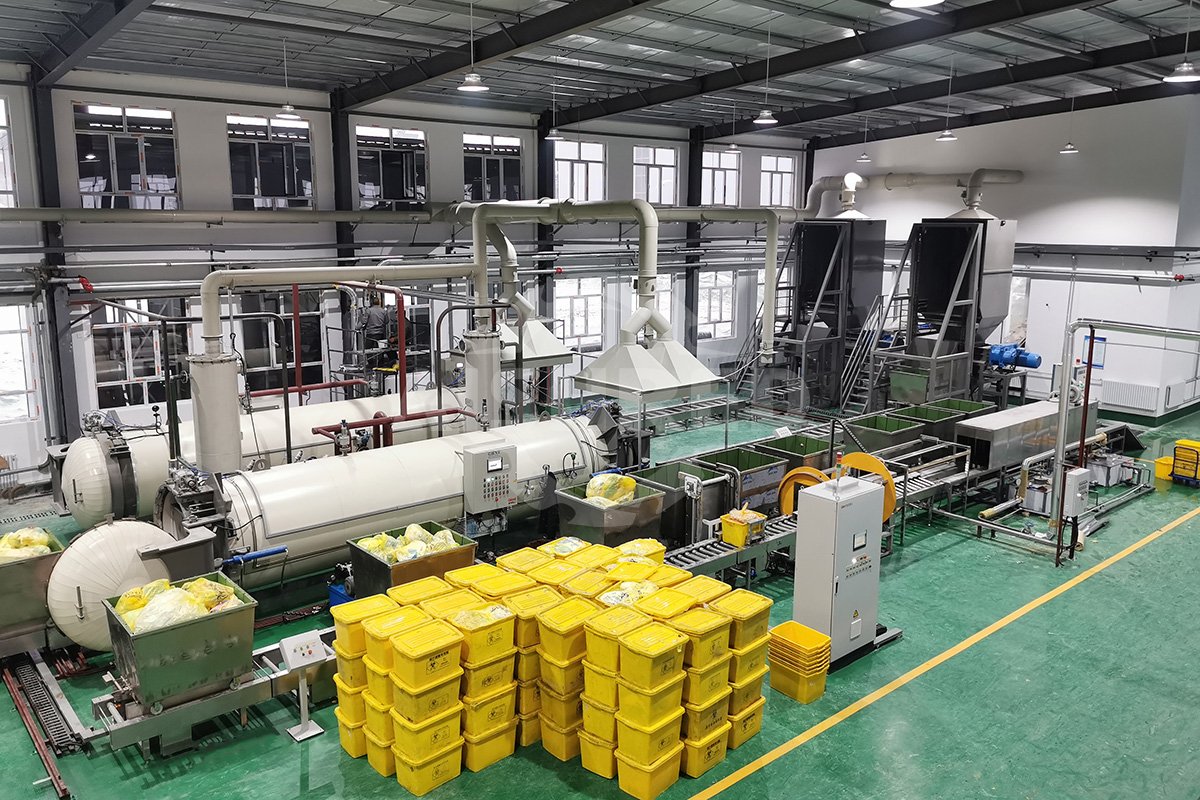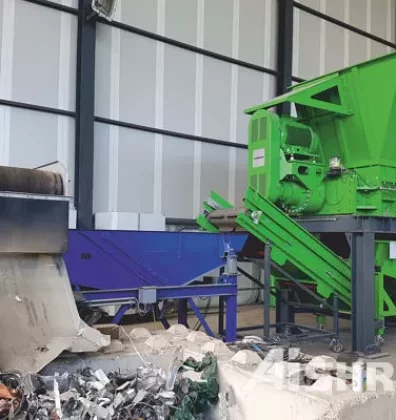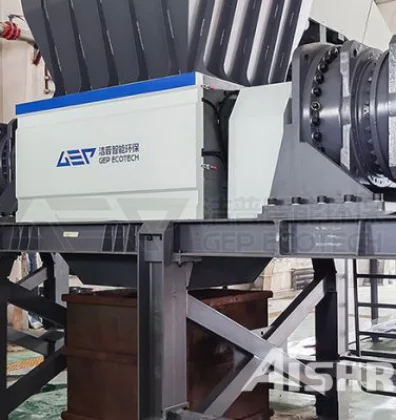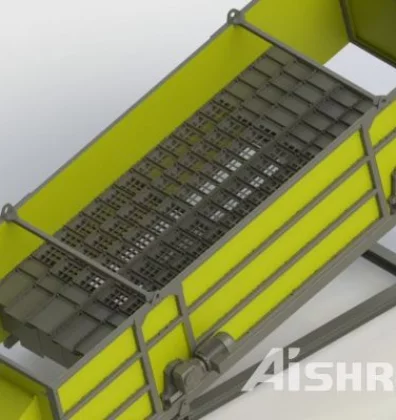A Common Waste Treatment Facility for HealthCare Facilities (CWTF) is a set up where healthcare waste, generated from a number of health-care units, undergoes necessary treatment to reduce any adverse effects that this waste may pose. The CWTFs are cost effective, easy to operate and maintain, rather than individual health-care facilities having their own waste treatment and disposal options.

Treatment facility
The following amenities shall be provided in any common waste treatment facility:
- Autoclave (Pre-vacuum horizontal feeding)/ Hydroclave/Microwave.
- Incineration (for waste belonging to Categories 1, 2 and 5 only).
- Shredder
- Sharps pit/Encapsulation/Recovery of metal in some factory may be considered.
- Facility for bin-washing, floor-washing, vehicle-washing
- Effluent Treatment Plan
- Only waste Categories 1 and 2 as described in the Bio-Medical Waste Rules shall be incinerated (if secured sanitary landfill is not available, waste Category 5 may also be incinerated).
All other infected waste shall be subjected to autoclaving/hydroclaving/microwaving as applicable under the Bio-Medical Waste (Management and Handling) Rules.
Incinerator, autoclave/hydroclave/microwave shall be PLC based with tamper-proof control panel and recording devices.
Location
Reasonably away from residential and sensitive area.
Land
Preferably not less than one acre land may be required to set up all the requisite facilities.
Coverage area
In any area, only one CBWTF may be allowed to cater up to 10,000 beds at the approved rate by the Prescribed Authority. A CBWTF shall not be allowed to cater to health-care units situated beyond a radius of 150 km. However, in an area where 10,000 beds are not available within a radius of 150 km, another CBWTF may be allowed to cater to the health-care units situated outside the said 150 km.
Segregation
- Segregation shall be as per the Bio-Medical Waste (Management and Handling) Rules as well as be compatible with treatment facilities at CBWTF as suggested by the operator.
- The generator is responsible for providing segregated waste to the operator.
- The operator shall not accept unsegregated waste and report the matter to the SPCB.
Collection
- Each colored bag should be kept in a similar colored container i.e. colored bags shall not be kept directly in the transportation vehicles.
- Sharps shall be collected in puncture-resistant containers.
- Temporary storage at health-care units shall be done in designated areas.
Transport vehicle
- A dedicated vehicle should be there for the collection of bio-medical waste.
- Separate cabins shall be provided for driver/staff and the bio-medical waste containers.
- The base of the waste-carrying cabin shall be made leak-proof to avoid leakage of liquid during transportation.
- The waste cabin may be designed for storing waste containers in tiers.
- The waste cabin shall be designed such that it is easy to wash and disinfect.
- The inner surface of the waste-carrying cabin shall be made of a smooth surface to minimize water retention.
- The waste cabin shall have provisions of sufficient openings in the rear and/or sides so that waste containers can be easily loaded and unloaded.
- The vehicle shall be labeled with the bio-medical waste symbol and should display the name, address and telephone number of the CBWTF.
Storage
- Sufficient ventilated storage space for untreated and treated bio-medical waste shall be provided.
- The flooring and walls (to a height of 2 m from floor) shall be finished with smooth and fine material. There shall be a minimum number of joints.
Record keeping
- Documents such as collection advice taken from health-care units for each category of waste, records of waste movements, logbook for the equipment and site records shall be maintained.
- All the records shall be available at the CBWTF site for inspection.
Disposal
- Incineration ash – Secured sanitary landfill
- Treated solid waste – Municipal sanitary landfill
- Plastic waste after disinfection and shredding – Recycling or municipal sanitary landfill
- Sharps, after disinfection (if encapsulated) – Municipal sanitary landfill
- Treated wastewater – Sewer/drain or recycling
- Oil and grease – Incineration
About GEP ECOTECH
GEP ECOTECH is a well-known solid waste treatment equipment manufacturer and system solution provider in China with operations around the world. Learn about our medical waste disposal solutions.




